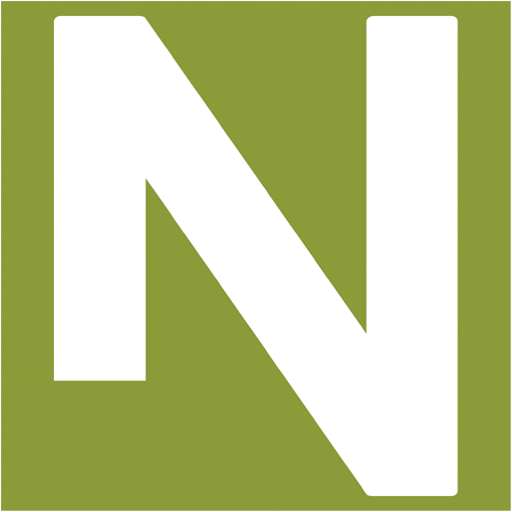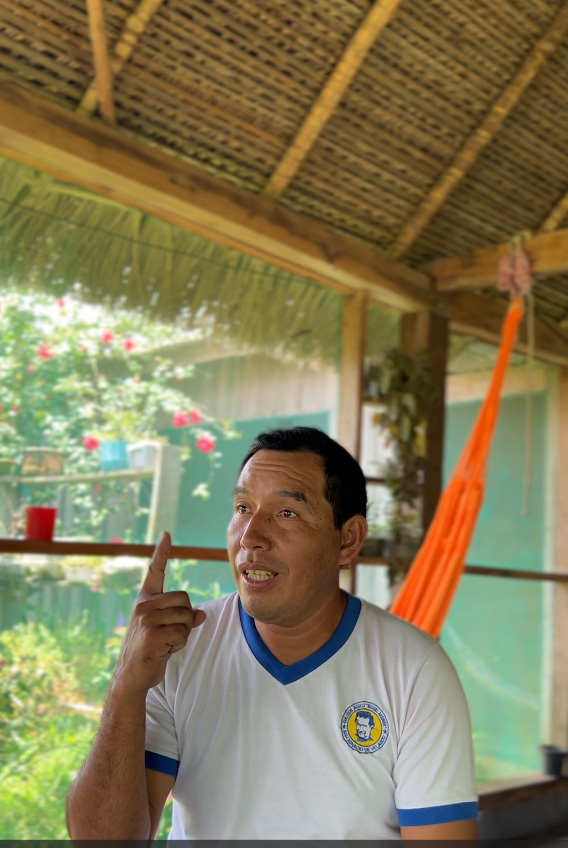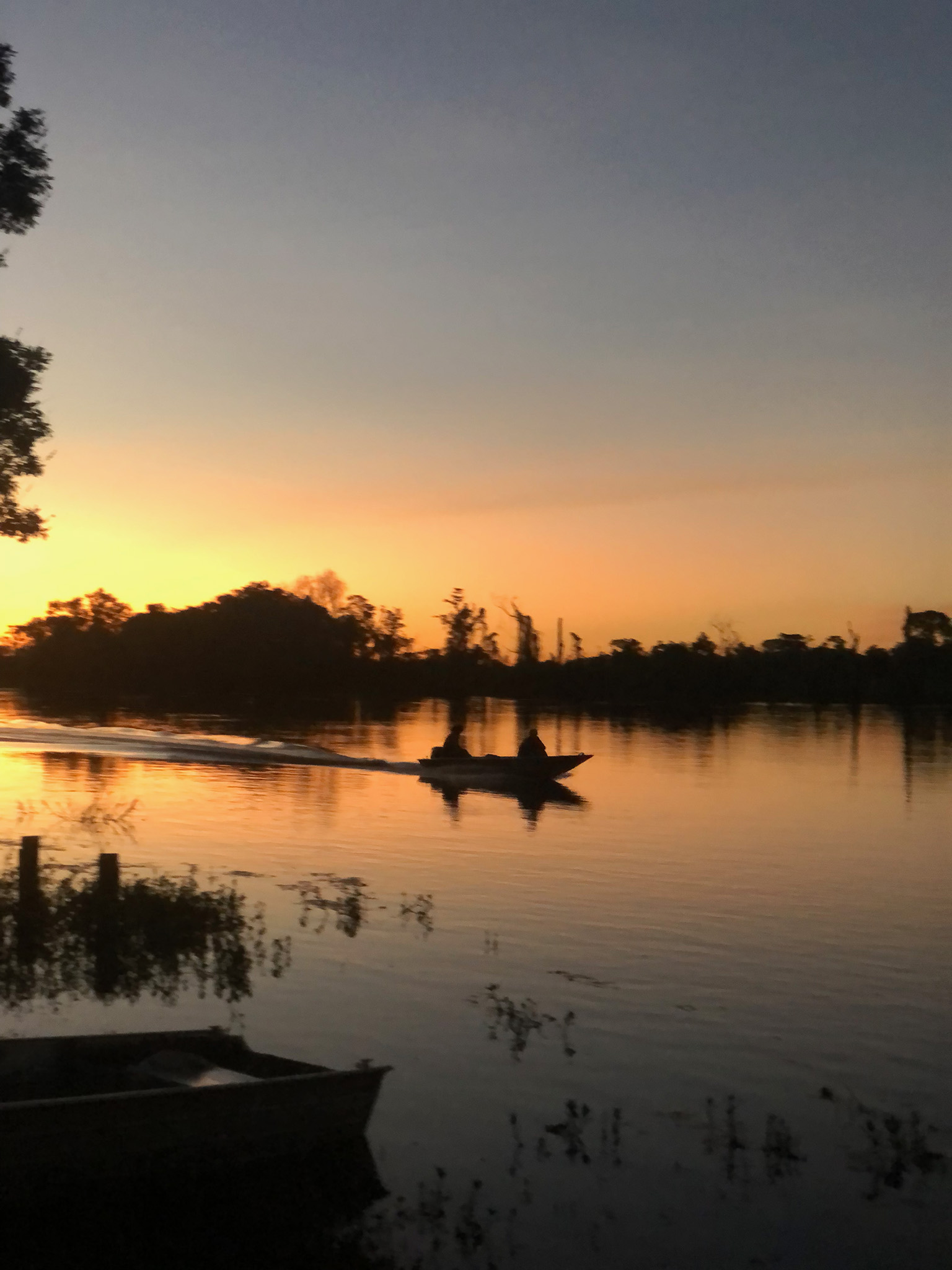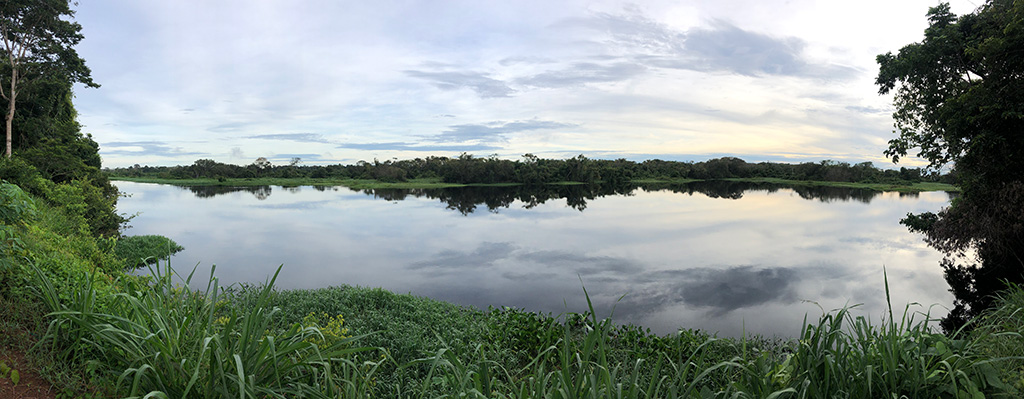TRIBES


TRIBES
ENTREVISTA
Juan Pascual Durán Aponte
Chief and teacher of Bella Vista
On the banks of the Iténez River and within the Noel Kempff Mercado National Park, a multifaceted leader stands out. In addition to being the chief of the community, he plays key roles in the local school as a teacher, administrator, and, on some Sundays, officiates the religious ceremony in Bella Vista. His involvement is part of the cultural richness of this Amazonian region.
December 21th, 2023

Juan Pascual at his home on the banks of the Iténez River.
This story is produced and published with financial support from the Google News Initiative News Equity Fund.
Revista Nómadas
Before Bolivia existed. Long before the place where they now live became the Noel Kempff Mercado National Park, the Guarasug’wes already existed in this ancestral Amazonian setting.
In this Bolivian jungle, bordering Brazil, amid the rustle of centuries-old leaves and the symphony of hidden creatures, lies the community of Bella Vista. A corner where time seems to intertwine the roots of history with the freshness of the morning. And it is here, in this increasingly less green sanctuary, where Juan Pascual Durán Aponte lives and battles with several silent enemies for the rest of the world.
The daylight filters through the vegetation as Pascual Durán, witness and participant in the passage of time in Bella Vista, prepares to share the narratives that have forged the identity of this community. In this scenario, where nature and words come together, we embark on a journey of dialogue, exploring the paths that have led Bella Vista to become one of the refuges of the Guarasug’we nation.
– Very well, dear professor. It is a pleasure to have you in front of us again in this place, which is a paradise.
– For those who do not know me, I am a teacher from Bella Vista, and I am in charge of almost everything. I am doing the historical review of our community to find out when it was founded by the Guarasug’we. Here, it used to be called Buen Futuro, and most of the towns in the area that were dedicated to rubber were founded a very long time ago.
– You were born here, right?
– Yes. My parents lived here, and I went out to Piso Firme and San Ignacio to study. Before, teachers didn’t stay for long, a maximum of two months, and then they would come back later. That’s why families left here.
– How old are you?
– 38 years old. I am married and have three children.
My focus is on preserving the Guarasug’we culture and language, integrating them into daily teaching .
– Since when have you been a teacher?
– I have been in teaching since 2014, but I was already involved before in 2011.
– How many students are there in the school?
– Currently, there are five children in the school. The school is essential to preserve our culture and language.
– How long have you been the chief in addition to being a teacher? That is, the community authority?
– I have been the chief since I was 21. I was away for a while, but I resumed the position in 2020 when the pandemic was strong.

A landscape, a poetry of nature.
– What does it mean to be the chief of Bella Vista?
– It is a great responsibility, especially because it is a community that you have to know how to manage. It’s not easy, especially with projects that we want to carry out, but the distance to San Ignacio and Santa Cruz complicates the management. However, we are progressing. Ten years ago, Bellavista used lamps; now we have had electricity since 2020 and improved communication.
– How has communication improved?
– I, as a teacher, sought a way. The first Wi-Fi kiosk was installed here in the area. It was necessary to send reports and documents since radio communication had limitations. In general, it has improved thanks to local efforts.
– Changing the subject, what initiatives have you taken in the health field?
– There is no health post here. When the doctor is not available, we request remedies or, in severe cases, go to Piso Firme or Brazil. The situation is complicated, but we have improved in some aspects, such as communication.
– And in education? How has your experience as a teacher been?
– I have been in teaching since 2014, and it was a long process before that. At first, I wasn’t paid well, and I had to deal with difficulties. My focus is on preserving the Guarasug’we culture and language, integrating them into daily teaching.
– How do you manage to teach about Guarasug’we culture and language?
– Mostly, it is about incorporating cultural elements into daily greetings, parts of the human body, Guarasug’we songs and dances. Sometimes, we organize events with other communities to share and keep our culture alive.
– You mentioned a pig program. What is it about?
– Thanks to a project from the Governorship, they brought us pigs, but the project was not complete. They did not give us training or instructions on how to care for them. We are concerned about the welfare of the pigs, and it would be beneficial to receive more comprehensive projects with training.
– How does this affect the community?
– They have brought us other projects, like laying hens, but we need more studies and a deep understanding of our needs for projects to be successful and sustainable. Lack of information and training can cause problems, and we are concerned about the welfare of the animals.
– What wild animals are in the area?
– We have various species, such as the chancho tropero, the blue and red paraba monkey, and various species of monkeys. There are also insects, some of which are used for consumption. We try to maintain a sustainable and respectful balance with nature.
– What is the importance of the jaguar for the community?
– Before, we used to hunt jaguars, but thanks to NGOs, we now protect them. We understood the importance of balance in the jungle and how their preservation positively affects the ecosystem. The jaguar is an important symbol for the community, representing its identity and connection with nature.
Mostly, it is about incorporating cultural elements into daily greetings, parts of the human body, Guarasug’we songs and dances .
– What future projects does the community have?
– We have been promoting tourism since 2018. I started a tourist cabin project, although I have not been able to finalize it yet. Also, we are looking for ways to improve the economy and self-sufficiency of the community.
– How do you manage fishing and the economy in the community?
– Fishing is fundamental for the local economy, but when the season closes, the situation becomes difficult. Some families receive visits from relatives who come to work from Brazil, which helps mitigate economic scarcity.
– What other challenges does the community face?
– Lack of access to medical services and the distance to major cities are significant challenges. We also need more support in projects that promote sustainable development in the community.
– What are the most important values for the community?
– Preservation of culture, connection with nature, and respect for wildlife are fundamental values. We also value unity.
***

From Juan Pascual’s house: the immensity.
Te contamos desde el interior de los escenarios de la realidad, iluminados por el faro de la agenda propia, el texto bien labrado y la riqueza poética del audiovisual y de la narrativa sonora, combinaciones perfectas para sentir el corazón del medioambiente y de los anónimos del Planeta.
